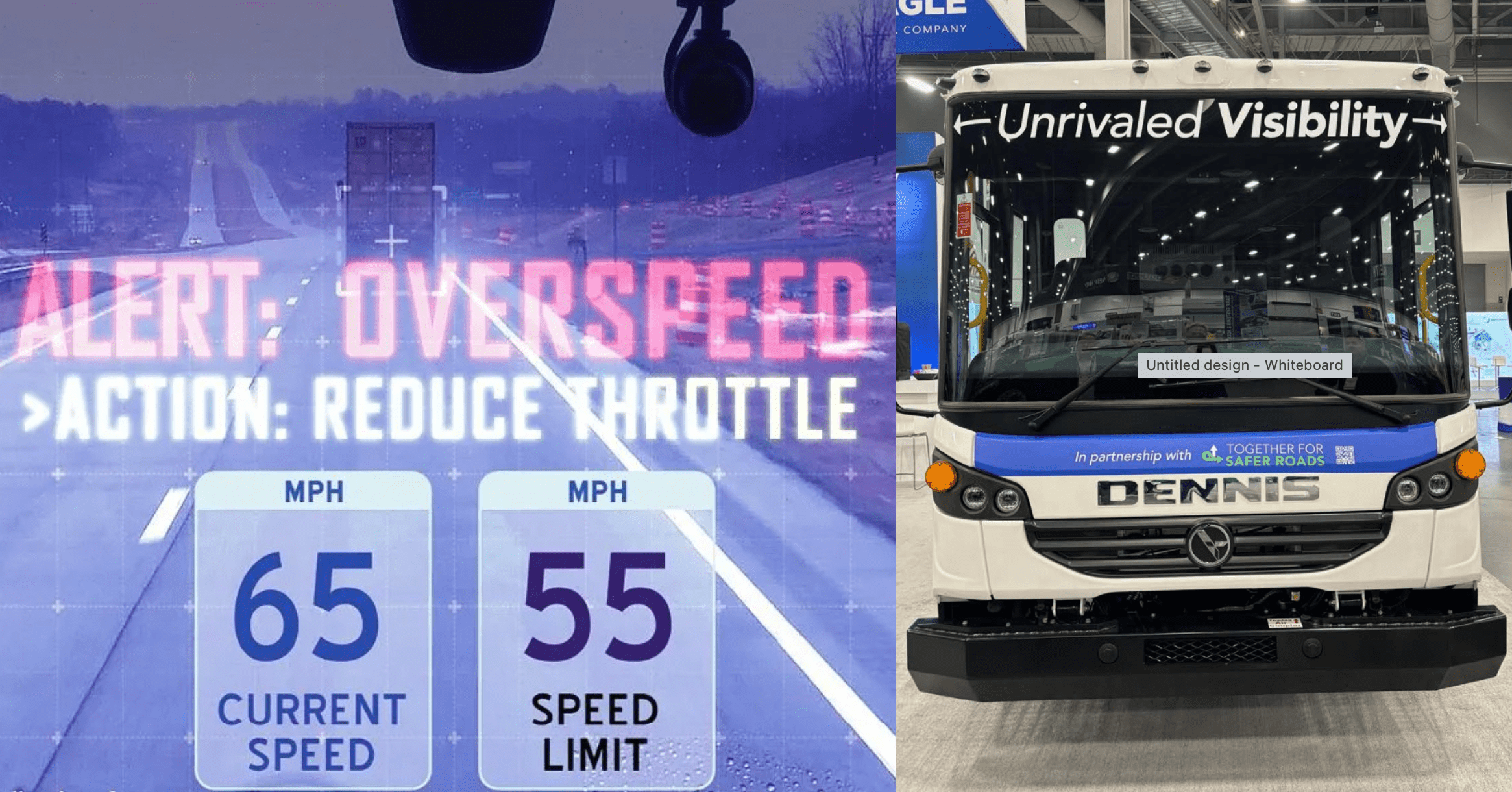Two prominent road safety coalitions are urging private and government fleet operators to make their vehicles safer for everyone else on the road — as a message to regulators that it's possible for all cars to incorporate technology that prevents speeding and makes it easy to see pedestrians.
In the last month, multiple street safety advocacy groups have shone a spotlight on the safety of commercial and publicly-owned vehicle fleets, whose operators have long neglected key visibility and technology changes that could save thousands of pedestrian and cyclist lives a year, save operators money and make driver jobs easier to boot.
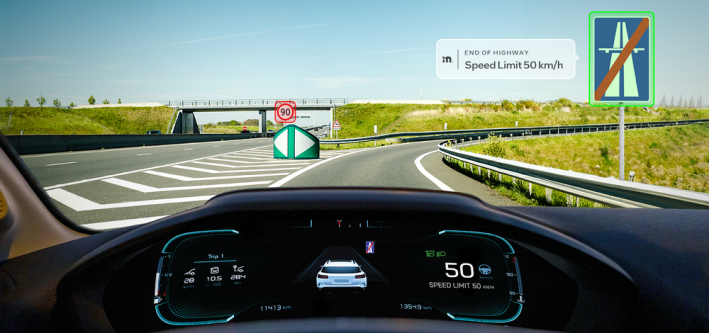

The first call to action, which came from the coalition Together for Safer Roads, appealed to fleet managers to buy more trucks that aim for the group's five star "Direct Vision" rating, meaning they incorporate design features that allow drivers to easily see the surrounding environment without the aid of cameras, mirrors or sensors.
The second, led by the nonprofits Families for Safe Streets and America Walks, called on the federal government to equip its non-emergency vehicles with "Intelligent Speed Assist" (ISA) systems. ISA technologies sense the local speed limit and either warn the driver if they're going too fast, in the case of "passive" systems, or actually slow the car or truck down to the legal velocity, in the case of "active" systems.
The groups want America's most prominent institutions to lead by example — and show what's possible for the private civilian fleet in the process.
California Gov. Gavin Newsom recently cited the need for federal action when he vetoed a bill that would have required passive ISA on all new cars sold in his state. A recently proposed federal rule to combat vehicle bloat, meanwhile, addressed how likely a tall car is to give a pedestrian a head injury, but not how likely a driver is to see that walker before he hits her.
“Fleet safety is critical to the broader road safety ecosystem ... [We've] seen first-hand how these innovations can drastically improve outcomes and ultimately save lives and we are committed to working with all stakeholders to create safer fleets,” said Peter Goldwasser of Together for Safer Roads, which endorsed both initiatives.
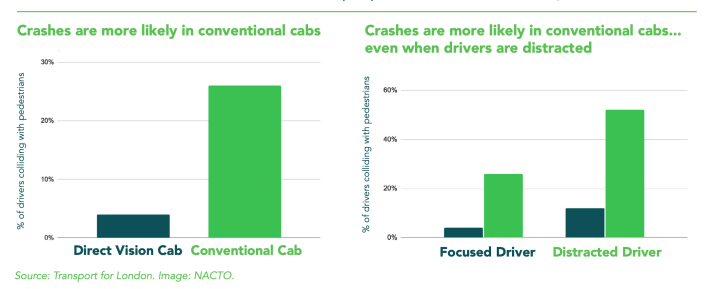
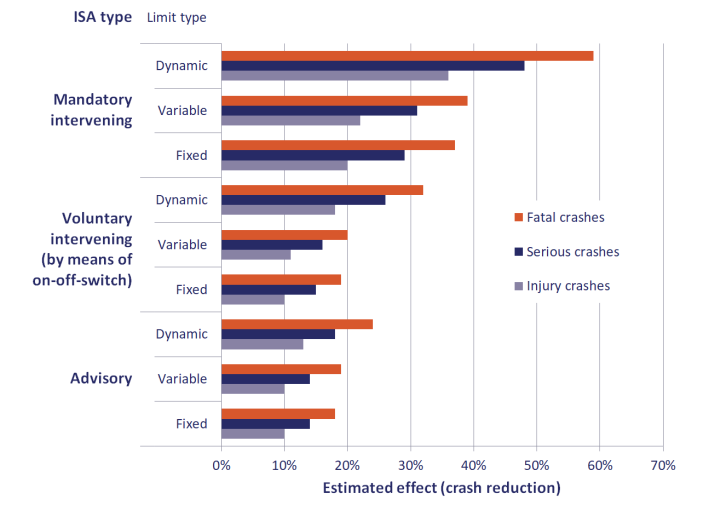
Goldwasser and his colleagues argue that both ISA and Direct Vision standards have a strong track record of saving lives in places where governments have embraced them. The European Union, for instance, projects that its new rule requiring smart speed warnings on new cars will reduce road deaths by 20 precent. In London, meanwhile, a 2019 rule that required truck fleet operators to prioritize visibility resulted in a "75 percent reduction in fatal crashes and a 64 percent reduction in crashes causing severe injuries where vision was a factor."
The latter stat seems especially intuitive, considering that many Direct Vision features are already common on one of the safest vehicles on the road — the humble city bus.

By incorporating floor-to-ceiling windows, flat hood shapes with no protruding nose to block the view and broad front windshields with narrow a-pillars to minimize blindspots, manufacturers can make any kind of vehicle safer.
"It’s hard to understand how much you can’t see from a conventional cab, until you’ve had the opportunity to sit in the driver’s seat of a Direct Vision vehicle," added Goldwasser. "And if you’re a company with regular operational requirements, there is perhaps hesitancy to try new things that might require you to change how things are done."
With a major push for fleet electrification sweeping the nation, though, Goldwasser said, there's no better time than now to rethink every part of the vehicle — not just the tailpipe.
"Structurally, I think we are often too siloed in our thinking about change," he added. "By shifting to electric, you suddenly have all this unnecessary space under the hood, and you can rethink the entire cab, the entire vehicle, to improve visibility, and make the vehicle (and the streets it operates on) safer for other people using greener modes, like biking, walking, and transit."
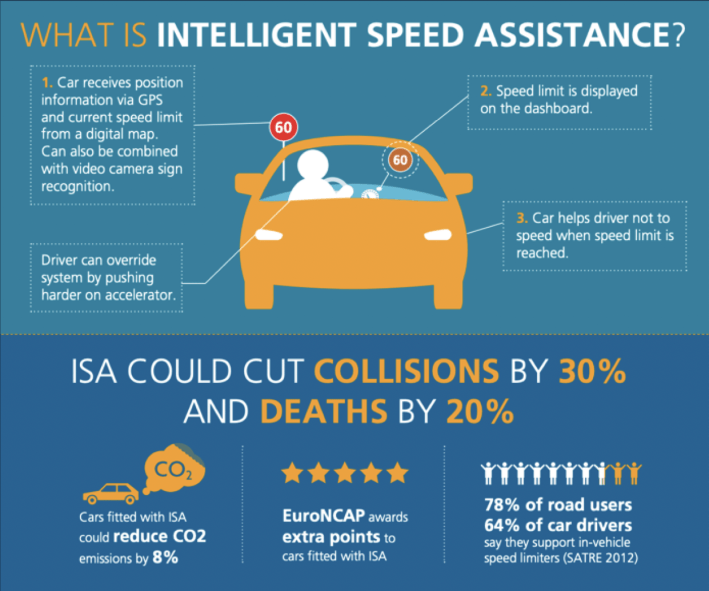
ISA, by contrast, can be installed on any vehicle for between $1,100 and $1,250 even before it comes time to replace it outright. Both technologies can save money in the long run in avoided crashes, which can easily cost a government or commercial company millions, especially when a victim or her family sues.
That's on top of the benefits of modernizing fleets for drivers. The person behind the wheel of a Direct Vision-equipped vehicle, for instance, will suffer fewer slip-and-falls when climbing in and out of cabs that are lower to the ground. And enhanced visibility "make[s] the job of driving easier and more pleasant so that drivers can focus on what’s around them," Together for Safer Roads said.
A majority of all U.S. drivers, meanwhile, told the Insurance Institute for Highway Safety that they would happily accept ISA on their cars, perhaps because they'd be far less likely to receive costly tickets — which can be a particularly devastating to commercial drivers, who can have their CDLs disqualified after just two excessive speeding violations.
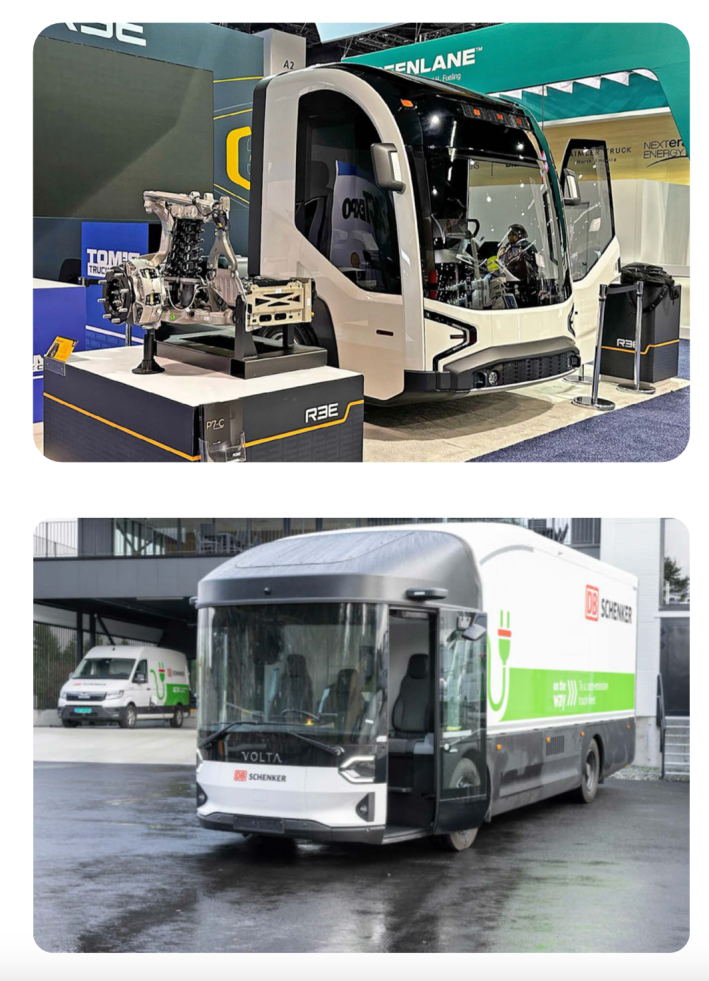
The greatest costs of America's unsafe vehicles, of course, are borne by crash victims and their families.
That includes Patty Avery, whose daughter, Bethany Schklar — a beloved public school teacher, dancer, wife and mother to a toddler — was killed by a speeding driver at just 37 years old. Her mother is still fighting for structural change to prevent other families from suffering the same tragedies..
"More than five years later, our hearts still ache for the life she was robbed of and the future we all lost. That’s why I am calling on President Biden, who understands this kind of heartache all too well, to take decisive action," wrote Avery, referring to the 1972 crash death of Biden's first wife Nelia and 13 month-old daughter Amy. "In his remaining time in office, he can mandate the installation of Intelligent Speed Assistance (ISA) in the non-emergency federal fleet. This leadership will set a powerful example and help bring an end to this preventable public health crisis."
Avery knows as well as anyone that making America's public and commercial fleets safer is only the tip of the iceberg. But if safe streets advocates want to get the ball rolling on broader vehicle regulation, they're a critical place to start.
"Fleet operators – private sector and government – have a huge amount of buying power," explained Goldwasser.
